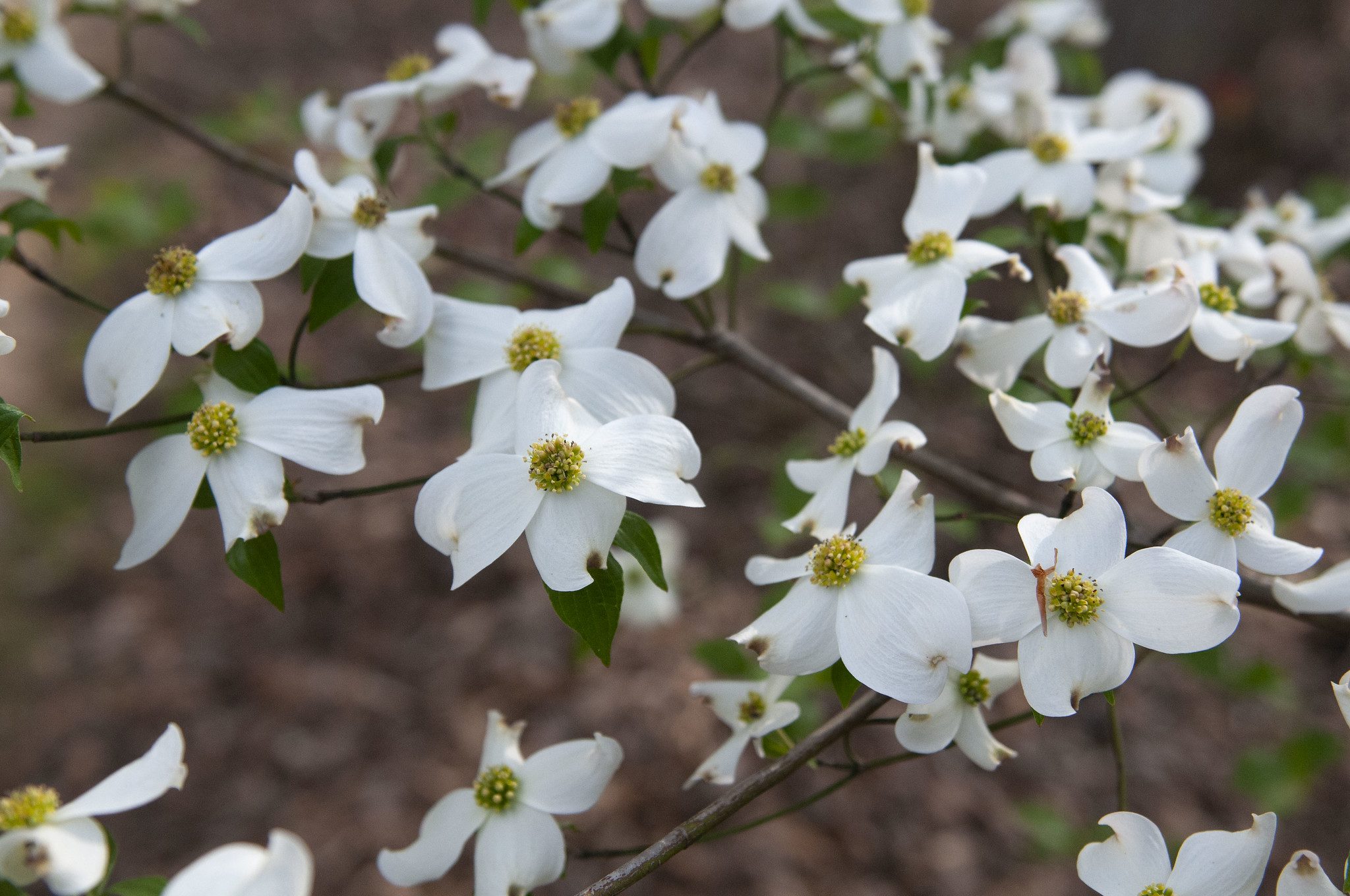Forestry

Ask any ecologist and they will tell you that planting native species in yards and gardens is crucial. However, you may wonder what constitutes a native species and why you should plant them. Native or indigenous species of plants are those that naturally occur within a region without any direct or indirect human activity. These are plants that generally occurred in North America prior to European settlement. As trends are moving towards restoration of Alabama’s private lands, landowners must become more concerned about the environment and the effects planting non-native species may have on the landscape.
Benefits of Native Plants
Why does planting native plant species matter? Without native plant species, the insects that evolved with the plants cannot survive. Birds, butterflies, and other wildlife species depend on those insects for their survival.
Native plants also offer benefits–such as providing pollinators and wildlife with ample food–and add beauty to the environment, providing beautiful showy flowers and gorgeous fall colors. Native plants also help to reduce carbon pollution. Many trees native to the state–such as oak trees–are great at storing carbon dioxide.
Native species generally require little maintenance once they are established. Also, because native plants have adapted to the environment, they usually require less water than non-native varieties and, therefore, survive dry periods better than non-native plants.
Choosing to plant native plants as a substitute for non-native, ornamental species can help reverse the current trend of species loss and help to preserve the natural heritage.
Invasive Species
Non-native plants are those that are growing outside their natural range. Many of Alabama’s invasive species were imported from other countries because of their beauty. However, those ornamentals offer no benefit to the native wildlife. Many of these non-native plants have become popular with homeowners and lawn and garden centers. Some of these species–such as Callery Pear trees, privet, and mimosa trees–are invasive and have aggressively spread into natural areas across the state. These invasive species threaten native plants and can quickly crowd them out.
Adding Native Plants to the Landscape
When incorporating native plants into your landscape, there are several things you can do. You can include them with nonaggressive, non-native species in your flower beds. Naturalizing larger areas–such as a pasture or woodlot–with some of the more aggressive native species available can help to push the non-native plants out. Also, you can create beautiful rain gardens with native species. Doing this will help to stabilize and hold the soil in place.
Conclusion
It is important to educate yourself about the native species available in your area. You can visit native plant nurseries and preserves to help decide what to plant. By going native, you will be preserving Alabama’s local biodiversity while also creating a beautiful landscape to enjoy for years to come.

